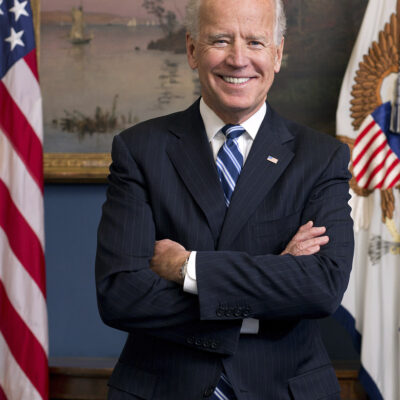John Borden Evans’ current show of recent work at Les Yeux du Monde Gallery is just so John Borden Evans. And I mean that in a nice way.
There’s something strangely wonderful, fresh and unabashed about Evans’ work, something he upholds in each subsequent painting, even though his style remains unchanged and his repeated theme over many years invokes the same immediate surroundings—his family’s rural North Garden home. The work, however rich in apparent innocence, functions to remind us of the vagaries, complexities and omens in the simple, even habitual encounter. Chickens, sheep, cows, nearby and distant trees all going through their lives’ seasons, populate the scenery as per usual.
 Odds and Evans: Les Yeux du Monde reanimates the everyday with works like “Autumn Leaves VI” in an invigorating exhibit by John Borden Evans. |
Evans relates each narrative almost as though it is a fairy tale—an invitation to venture into some irresistible place, simultaneously real and imaginary—so off we go, arrested by his canvas fable. We might sit transported upon the floor, arms around our knees, leaving ennui behind, as the narrative in Evans’ paintings bring us back some of our lost childhood wonder.
But that’s not all. Because we know too much of the world, the paintings must tease out and pay tribute to our slowly cultivated neuroses, too. They do this primarily through their obsessively patterned and psychologically directed surfaces.
In most of Evans’ paintings, voluptuous layers of new media supersede and hide old conditions in their ambiguity, but those influences ghost before us nonetheless, offering each scene a supernatural quality, an aura of the past. Or, the artist scrapes down through the paint layers for further nuanced verification of a lingering presence, as though every immediate vista was a scrim for another latent one—one of Evans’ finer strategems.
Many of the scenes in this show evoke dusk or nighttime events and mysteries. This seems to be a particularly spectral period for Evans, when fears may be amplified but transformative forces become less inscrutable. Van Gogh-esque stars radiate their wild, wavering spirals or geometrically faceted penumbra. In “Robins” 23 fat, little, north-facing birds glow in their own haloed realms as the sun crests the horizon. The birds function as dynamic pattern, as shamanism, as a hiding device for something palpable beneath them, as ground cover and as simple fact.
Compared to some past work, this collection of Evans’ paintings is of a somewhat more benign nature. But running throughout every body of painting from this artist, accompanying the imaginary naiveté, the hearth-and-home animism and the textural introspection, there is always Evans’ quiet sense of delight and humor made in and as a sanctuary from a world that otherwise takes itself so seriously.





